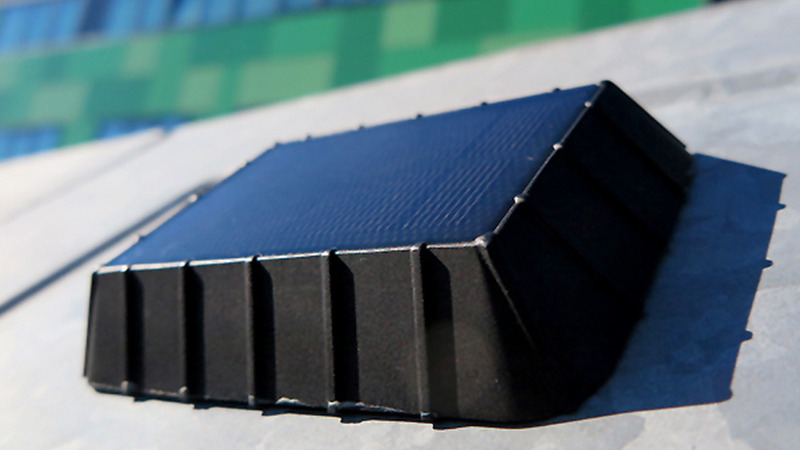Digital innovations for waste management
For the collection and transport of waste, data recording devices and on-board computers in the collection vehicles are used in order to document information on obstacles in the process of waste collection. Container identification systems make it possible to recognise containers during the collection tour and allocate them to individual households. Navigation and telemetry systems with numerous functionalities for optimising vehicle management and route planning are available on the market.
Digital technologies serving to minimise waste are usually still at an early stage of application. These include, for example, weighing systems on the collection vehicle – which enable quantity-based billing – or sensors for recognising incorrect sorting of waste.
In large waste incineration or waste treatment plants, process control systems are usually used for continuous digital process monitoring and control. For this purpose, data from a large number of sensors is analysed.
The introduction of digital product passports – which are considered to offer many potentials – is still at an early stage. They should enable a better knowledge of the waste composition and the raw materials contained. This might help to further optimise waste treatment.
>> A selection of digital innovations for water management

